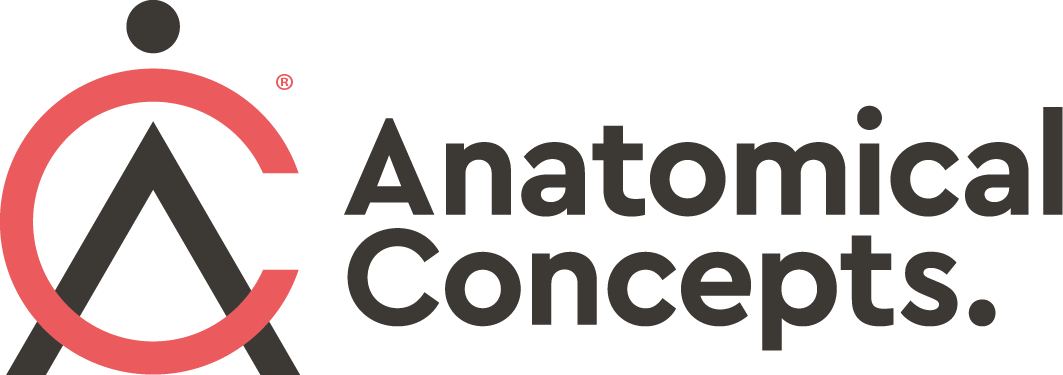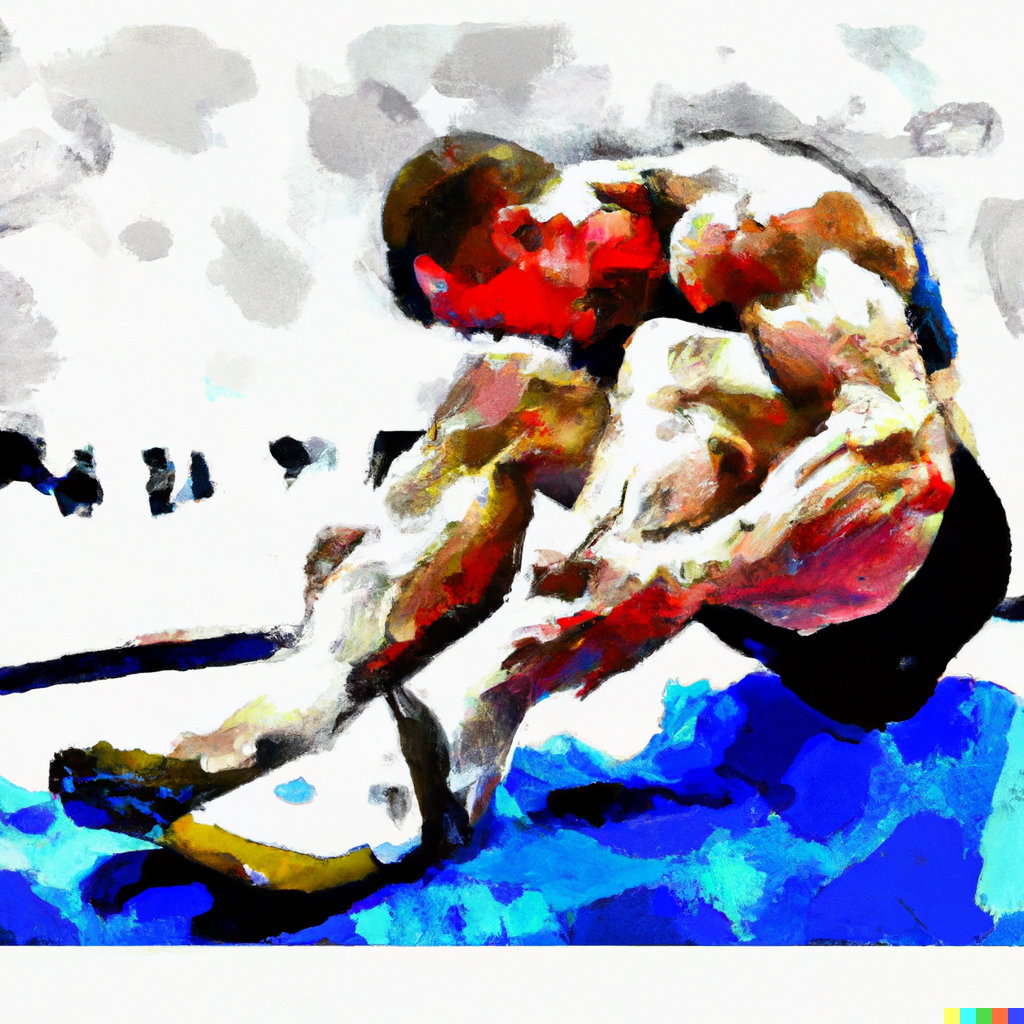Articles
Filter by Topic
- Adaptive Sport 1
- Artificial Intelligence 1
- Bike Labyrinth 3
- Bone density 1
- Brachial Plexus 1
- Bridging the Gap 1
- Bridging the Gap 1
- Carbonhand 4
- Cardiovascular 1
- Client Stories 4
- Cognition 1
- Company Updates 3
- Decision Making 1
- Dementia 1
- Denervation 22
- Diabetic Foot 12
- Efficiency 1
- Electrotherapy 27
- Exercise Benefits 28
- FES Cycling 13
- Fatigue 1
- Functional Electrical Stimulation (FES) 58
- Gait 2
- Goal Setting 5
- Grip 3
- Healthspan 2
- Indego 13
- Lifestyle 8
- Lower Motor Neuron 1
- Mobility 17
- Motivation 2
- NMES 2
- Nerve injury 1
- NexStride 1
- Occupational Therapy 1
- Orthotic 15
- PRAFO 22
- Pain 6
- Parkinsons 2
- Pressure Ulcers 10
- Product Updates 7
- RISE Stimulator 10
- Safety 2
- Sponsor 1
- Standing 4
- Stim2Go 4
- Stimulette den2x 5
- Support 1
- TENS 1
- Technology 17
Article Length
- 1 minute read 3
- 10 minute read 10
- 11 minute read 7
- 12 minute read 7
- 15 minute read 8
- 18 minute read 1
- 19 minute read 1
- 2 minute read 4
- 26 minute read 1
- 27 minute read 1
- 28 minute read 1
- 3 minutes read 9
- 4 minute read 34
- 5 Minute read 12
- 6 minute read 6
- 7 minute read 15
- 8 minute read 6
- 9 minute read 3
- FES 2
- FES Cycling 1
- FoG 1
- PRAFO 1
- Seven Minute Read 1
- Stim2Go 1
- awareness 1
- carbonhand 2
- cognitive 1
- cues 1
- freezing gait 1
- freezing of gait 1
- gait 1
- neurological 1
- neuroplasticity 1
- nexstride 2
- occupational therapy 1
- occupational therapy day 1
- orthopaedics 1
- orthotic 1
- parkinson's 1
- pressure 1
- pressure relief 1
- prevention 1
- rehabilitation 2
- stroke 1
- tSCS 1
- ulcers 1
- world stroke day 1
A Comprehensive Guide to Lower Motor Neuron Lesions: Causes, Symptoms, Diagnosis, and Treatment Options
Lower motor neuron lesions can have a profound effect on the nerves responsible for controlling movement in the body, leading to a range of symptoms, including muscle weakness and atrophy (loss of muscle bulk). These conditions can be caused by various factors, such as injury, disease, and even genetic disorders.
In our work we mostly meet individuals who have experienced a spinal cord injury that has resulted in damage to the Lower Motor Neurons resulting in denervation of muscle. We also see nerve injuries such as a Brachial Plexus injury to the shoulder.
In this guide, we will explore some of the causes, the symptoms, diagnosis, and treatment options for lower motor neuron lesions, highlighting the importance of early intervention and appropriate care.
Spinal Cord Stimulation - What it is and why it matters
We should shortly see the emergence of new spinal cord stimulation products that can assist rehabilitation, as the first examples are approaching commercialisation. Although not a cure for spinal cord injury, these devices have been shown to assist in the recovery of function in situations where this seemed lost for ever.
Spinal cord stimulation (SCS) has a rich history that dates back to the 1960s, when it was first introduced as a potential treatment for chronic pain management. Pioneered by Dr. Norman Shealy (1967) this innovative method was initially developed to alleviate intractable pain by delivering mild electrical pulse trains to the spinal cord via implantation of electrodes.
Over the years, the field of SCS has witnessed significant advancements in both technology and research, broadening its potential applications to include functional recovery following spinal cord injury (SCI).
This article looks briefly at the state of the art.
Bike Labyrinth: Cognitive and Physical Benefits for Individuals with Dementia or Cognitive Decline
Bike Labyrinth is an innovative product offering interactive bicycle tours for individuals who are now unable to exercise outdoors, such as those who are elderly, frail, or experiencing dementia. The effect is very engaging, interactive, simple to use and loved by users. Bike Labyrinth can incorporate a user’s or care home’s exisitng bike and utilise a HD television.
At Anatomical Concepts we love exercise - it is good for everyone. It can help us overcome aspects of physical disability and is good for our emotional and cognitive well being. Who wants to reduce the chances of us needing healthcare in future?
It seems that many of us are too busy or lack motivation to exercise regularly and this is especially true of older adults. With Bike Labyrinth you can explore more than 600 cycling routes and rediscover the joy of exercise whoever you are.
Bridging the Gap: Using Elite Athlete Principles for Neurological Rehabilitation
In this first article in the “Bridging the Gap” series of articles, I want to encourage you and I to start thinking about motor training for physical rehabilitation as if we were training an elite athlete.
The best way to get on to the Tek RMD
There is no such thing as the perfect product. Any product has to meet the individual requirements and preferences of the user. However, the Tek RMD is an exceptional, one-of-a-kind type of product, that allows people with lower limb paralysis or weakness to stand and move around in an upright position. It was designed with paraplegia due to a spinal cord injury in mind, but recent enhancements have extended the appeal to those with other neurological conditions.
A fundamental issue in getting the best out of the Tek RMD is being able to get on and of it safely and effectively. In this article we review the most commonly used approaches
Evaluating denervated muscle with the RISE stimulator
How to we test for denervated muscle? As we will see in this article, a number of conditions can lead to denervation. Sometimes the extent of this denervation is hard to establish with equipment commonly available to the therapist. Perhaps the therapist tried “conventional” neuromuscular electrical stimulation (NMES) and could not produce a muscle contraction even with quite high intensity settings. Hence denervation was suspected, but without really being able to determine it’s extent.
The RISE stimulator provides a handy protocol that allows the presence and extent of denervation to be established and monitored over time. This article describes the process. First lets review some information on what exactly causes denervation, it’s consequences and the benefits of electrotherapy. We can then describe how the RISE unit can give is a denervation “benchmark”.






